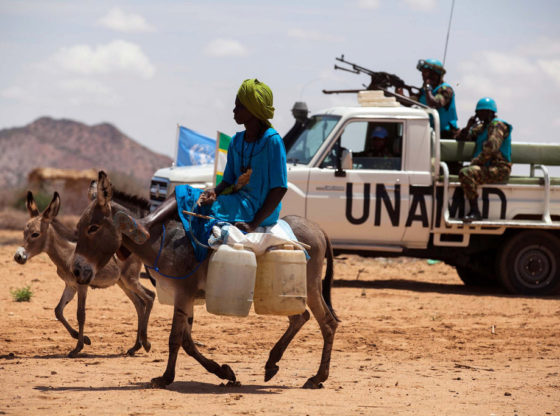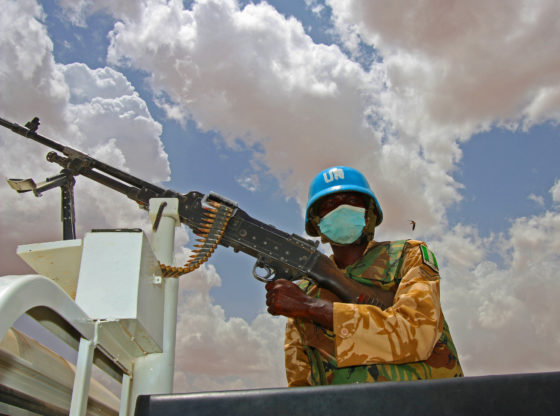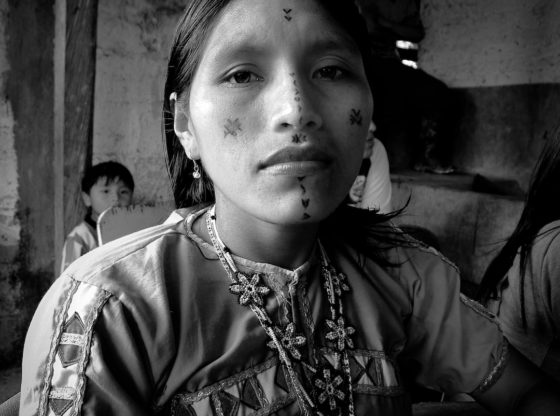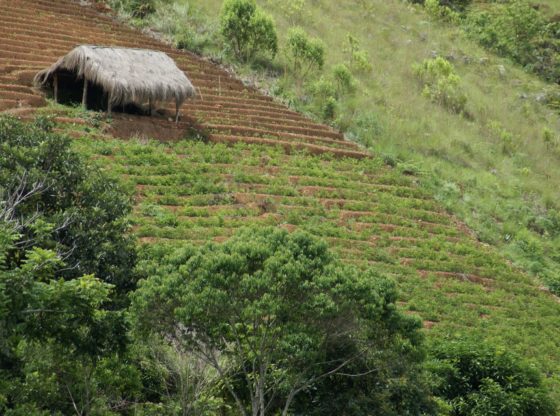Cathy Ratcliff has worked in development co-operation for 25 years and has spent much time in Malawi. In this short photo-essay, she illuminates a key issue in the country: the challenge of malaria prevention, and how efforts to reduce the disease through the use of mosquito nets does not always work out as planned.
Malaria is a killer in Malawi, especially amongst the poor and children under 5 years old. The Malawi government, aided by the World Health Organisation and aid agencies, encourages people to use insecticide-treated mosquito nets since they are a highly effective way of preventing bites by infected mosquitoes. Mosquito nets are available in shops, and are distributed free to children and pregnant women, whose foetus may be damaged by malaria during pregnancy.
Other means of malaria prevention include spraying, larviciding, and mass treatment. With the commitment of a boost in funds for such measures from the Global Fund from 2018, there is hope that the high number of malaria cases seen in the last few years will reduce.
The numbers of malaria cases in 2017 was still high. The recent commitment to strengthening malaria prevention efforts has not yet had a chance to take effect, so guarding against the disease is still largely in the hands of the population who, in some cases, have to buy their own nets. But even where people do have their own mosquito nets, they use them in their own ways - and not always to prevent malaria.
IMAGE 1/10: This is how you should see a mosquito net during the day, in a better-off household – a conical net, hanging neatly above a bed all through the day, ready for easy use at night.
IMAGE 2/10: People who put their bedding out every night and clear it away every day may prefer this rectangular shape. Such nets are given free of charge to children and pregnant women, but may be appropriated by older people who don’t receive free nets, and want just this little bit of luxury.
IMAGE 3/10: Some people simply don’t hang up their net. Instead, they use it as a blanket to keep warm as they sleep on their mat at night.
IMAGE 4/10: This net is being used as a cloche, to protect growing vegetables from animals.
IMAGE 5/10: This conical net is a chicken coop.
IMAGE 6/10: These nets are being used as shades to protect seedlings from the sun.
IMAGE 7/10: This mosquito net has been used to hang things from a tree.
IMAGE 8/10: These nets have been made into surfaces for drying fish. There is every chance that the insecticide which has been used to treat the netting is still active.
IMAGE 9/10: These nets (or is it just one?) are being used as a fishing net. Again, the insecticide on the net may still be active, thus posing a contamination risk. However, the biggest damage caused by fishing with mosquito nets is to fish stocks. The tiny mesh means that even the very youngest, smallest fish are caught.
IMAGE 10/10: This net is collecting chicken droppings for fertiliser, underneath a chicken coop.
As can be seen, mosquito nets are versatile - there are many ways in which they can be used. And they can often be used to better effect than they are. But it’s hard to regulate or prevent such uses in a country where so many people are poor, and where children and women have the least power in households. Men, women, the elderly, children, and agencies working to reduce malaria all face different daily challenges. A key challenge is ensuring that as many people as possible have access to mosquito nets, and that nets are used appropriately.
Dr Cathy Ratcliff has worked in development cooperation for 25 years, and has lived in Scotland, Russia, China and Ethiopia. She has a special interest in development discourse – how we talk about aid, development, and donor and recipient countries. She is on Twitter at: @cathyratcliff
Feature image: a closeup of a mosquito on a net. Image: amiga.com
All other images used in this feature © Cathy Ratcliff. All Rights Reserved.










